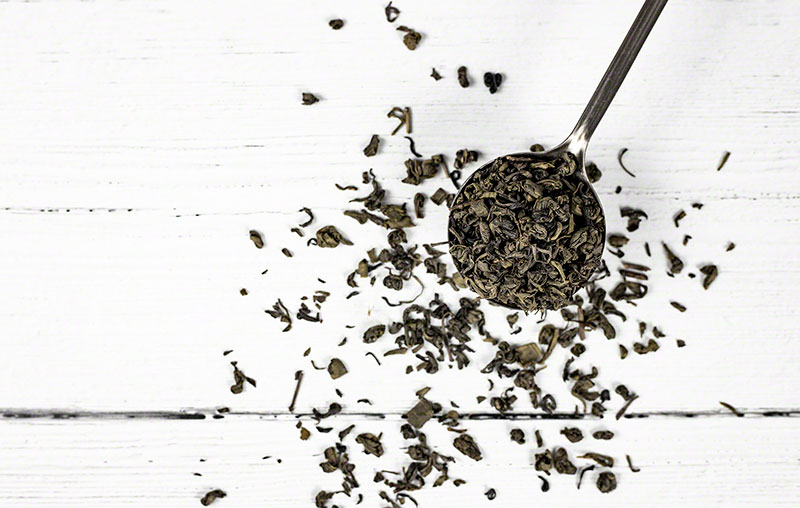Gunpowder tea

Introduction
In the world of tea, few varieties have a history as rich and storied as Gunpowder Tea. This distinctive green tea is renowned for its tightly rolled leaves resembling pellets or gunpowder, and it boasts a legacy that spans centuries. In this article, we will explore the origins, unique characteristics, brewing methods, potential health benefits, and the cultural significance of Gunpowder Tea.
The Origins of Gunpowder Tea
Gunpowder Tea, known as “Zhū Chá” in Mandarin, has its roots in China and dates back to the Tang Dynasty (618-907 AD). The tea earned its name from the appearance of its leaves, which are rolled into small, round pellets resembling gunpowder grains. The rolling process helps preserve the tea’s freshness and flavor.
Characteristics of Gunpowder Tea
- Tightly Rolled Leaves: The distinctive appearance of Gunpowder Tea comes from its tightly rolled leaves, which can resemble small pellets. This rolling method helps retain the tea’s flavor and aroma.
- Bold Flavor: Gunpowder Tea has a robust and smoky flavor profile with slightly vegetal and earthy notes. The smokiness is a result of the leaves’ exposure to open flames during processing.
- High Caffeine Content: Like most green teas, Gunpowder Tea contains caffeine, providing an energizing boost.
Brewing Gunpowder Tea
Brewing Gunpowder Tea is a straightforward process, but it requires care to achieve the best flavor:
- Water Temperature: Use water that is about 175-185°F (80-85°C). Avoid using boiling water, as it can make the tea taste bitter.
- Tea Leaves: For an 8-ounce (240ml) cup, use approximately one teaspoon of Gunpowder Tea leaves.
- Steeping Time: Steep the tea for 2-3 minutes for a mild flavor or up to 5 minutes for a stronger brew.
- Multiple Infusions: Gunpowder Tea can be steeped multiple times, with each infusion revealing different nuances of flavor.
Potential Health Benefits
Gunpowder Tea shares many of the health benefits associated with green tea, such as:
- Antioxidants: It is rich in antioxidants, particularly catechins, which may help combat oxidative stress and promote overall health.
- Boosted Metabolism: The caffeine content in Gunpowder Tea can provide a mild energy boost and potentially support weight management.
- Oral Health: Some studies suggest that the polyphenols in green tea may contribute to improved oral health by reducing bacteria that cause bad breath and plaque.
Cultural Significance
In Chinese culture, Gunpowder Tea has played a prominent role for centuries. It has been used in traditional tea ceremonies, where the meticulous preparation and brewing of the tea are seen as an art form. Additionally, Gunpowder Tea is often used to make Moroccan mint tea, where it is combined with fresh mint leaves and sweetened with sugar, creating a beloved and refreshing beverage.
Conclusion
Gunpowder Tea, with its centuries-old legacy, tightly rolled leaves, and bold flavor, offers a unique and culturally significant tea-drinking experience. Whether you savor it on its own or as part of a minty Moroccan blend, Gunpowder Tea provides a taste of tradition and a potential array of health benefits in every cup. With its smoky aroma and distinct character, it remains an enduring symbol of the artistry and appreciation of tea that spans across time and cultures.
